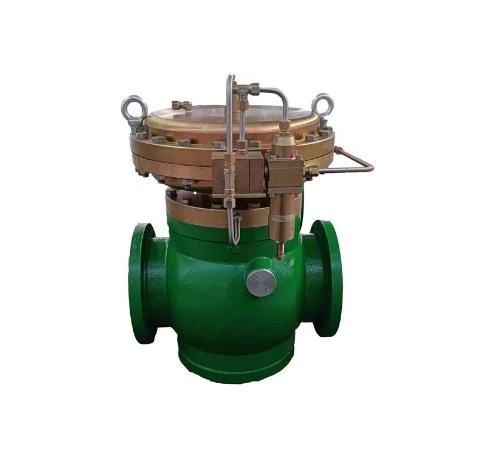
Dec . 11, 2024 09:39
Back to list
Pressure Reducing Station for Efficient Resource Management and Safety Control
Understanding Pressure Reduction Stations
Pressure reduction stations (PRS) play a crucial role in the distribution of natural gas and other fluids. These stations are designed to reduce the high pressure of gas transported through pipelines to a safer, more manageable level suitable for end users. The importance of PRS can be understood by examining their function, components, and the overall impact on safety and efficiency in gas distribution.
Function of Pressure Reduction Stations
The primary function of a pressure reduction station is to regulate the pressure of the gas being transported. High-pressure gas can cause damage to pipelines and pose significant safety risks. Therefore, PRS are strategically located along the gas distribution network to ensure that the gas is delivered at a safe pressure for residential, commercial, and industrial use. Typically, incoming gas pressure can exceed several hundred psi (pounds per square inch), whereas the delivery pressure may need to be reduced to as low as 7 psi.
The pressure reduction process not only safeguards the infrastructure but also optimizes the flow of gas. By maintaining appropriate pressure levels, PRS help minimize the risk of leaks, explosions, and other hazards associated with high-pressure gas systems.
Components of a Pressure Reduction Station
.
1. Pressure Control Valves These valves are essential for regulating the flow and pressure of the gas. Automatic control systems often govern these valves to ensure accurate pressure maintenance.
محطة تخفيض الضغط

2. Pressure Relief Valves Safety is a top priority. Pressure relief valves are installed to release excess pressure in the event of a malfunction, preventing possible rupture of the pipeline.
3. Flow Measurement Devices Accurate measurement of the gas flow is vital for operational efficiency. These devices help monitor the amount of gas being supplied and can help in troubleshooting issues when they arise.
4. Filters and Separators To ensure the quality of gas delivered, PRS are equipped with filters that remove particulate matter and other impurities. This protects downstream equipment from damage caused by debris.
5. Instrumentation and Control Systems Modern PRS are integrated with sophisticated instrumentation that monitors pressure, temperature, and flow rates. Control systems can automatically adjust the functioning of various components to maintain optimal operating conditions.
Impact on Safety and Efficiency
The implementation of pressure reduction stations significantly enhances the safety and efficiency of gas distribution networks. By maintaining proper pressure levels, PRS reduce the chances of accidents, such as explosions or leaks, that can impact both people and the environment. Furthermore, by optimizing the delivery pressure, these stations enhance the overall efficiency of the gas distribution system. This leads to lower operational costs and improved service reliability for consumers.
Conclusion
In summary, pressure reduction stations are vital components of natural gas distribution systems, serving to manage and regulate pressure for safety and efficiency. Their advanced design and technology ensure that high-pressure gas is safely transformed into a suitable form for consumption, thereby playing a key role in the energy infrastructure. As energy demands continue to rise, the importance of reliable and safe gas distribution systems, supported by effective PRS, will be more critical than ever. By understanding the significance of these stations, stakeholders can better appreciate their role in delivering safe and efficient energy resources to communities worldwide.
Latest news
-
Safety Valve Spring-Loaded Design Overpressure ProtectionNewsJul.25,2025
-
Precision Voltage Regulator AC5 Accuracy Grade PerformanceNewsJul.25,2025
-
Natural Gas Pressure Regulating Skid Industrial Pipeline ApplicationsNewsJul.25,2025
-
Natural Gas Filter Stainless Steel Mesh Element DesignNewsJul.25,2025
-
Gas Pressure Regulator Valve Direct-Acting Spring-Loaded DesignNewsJul.25,2025
-
Decompression Equipment Multi-Stage Heat Exchange System DesignNewsJul.25,2025

